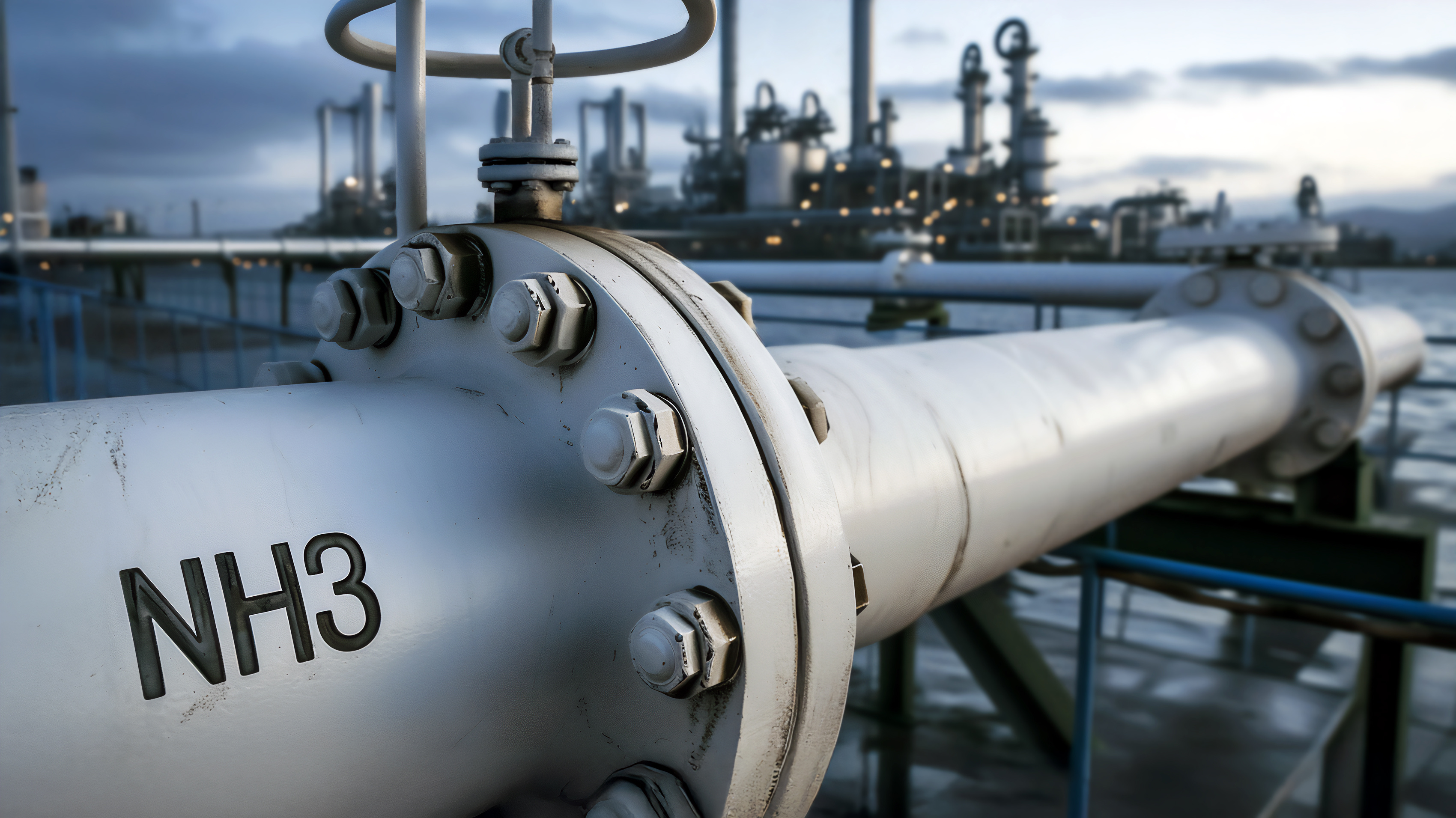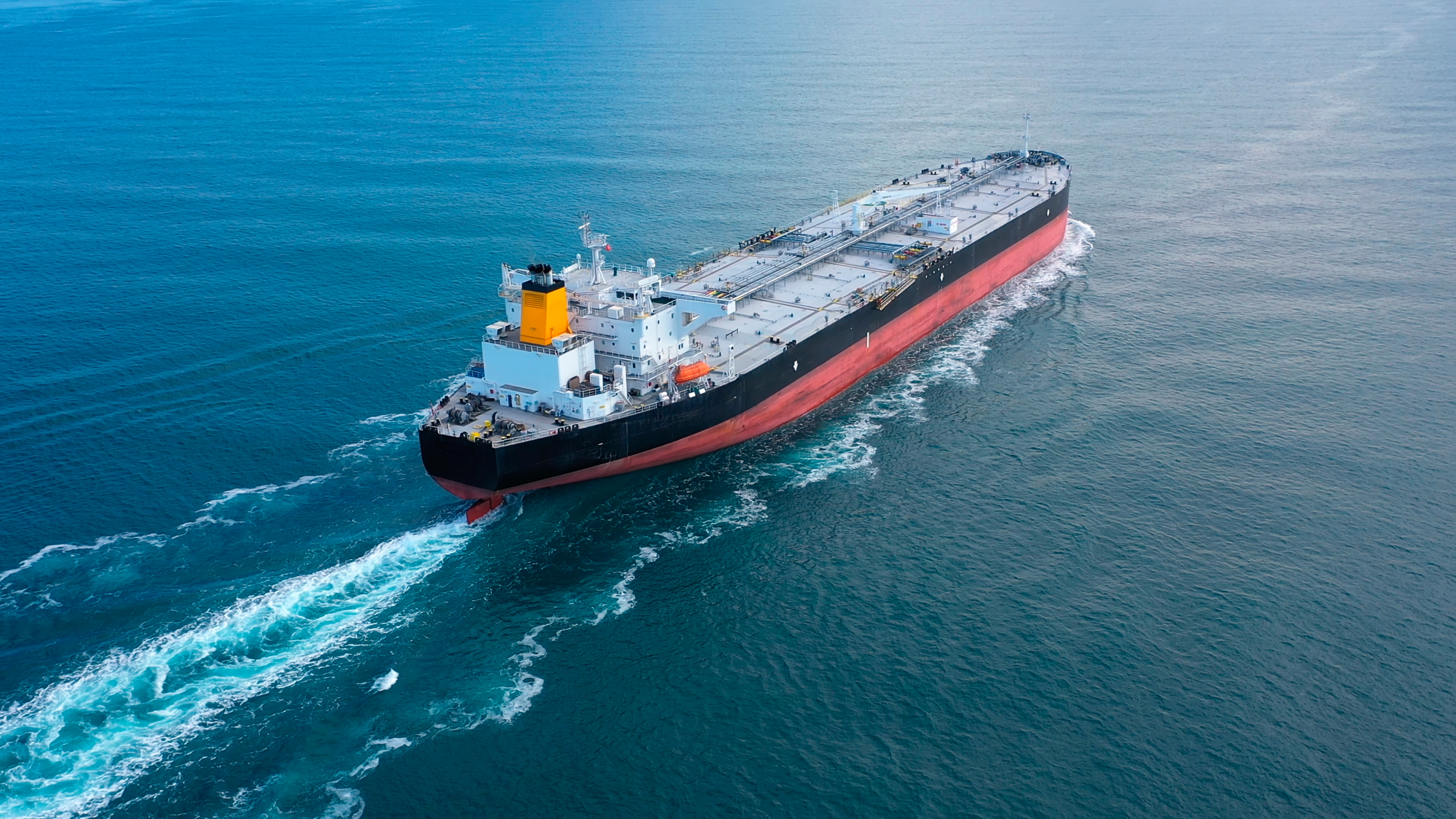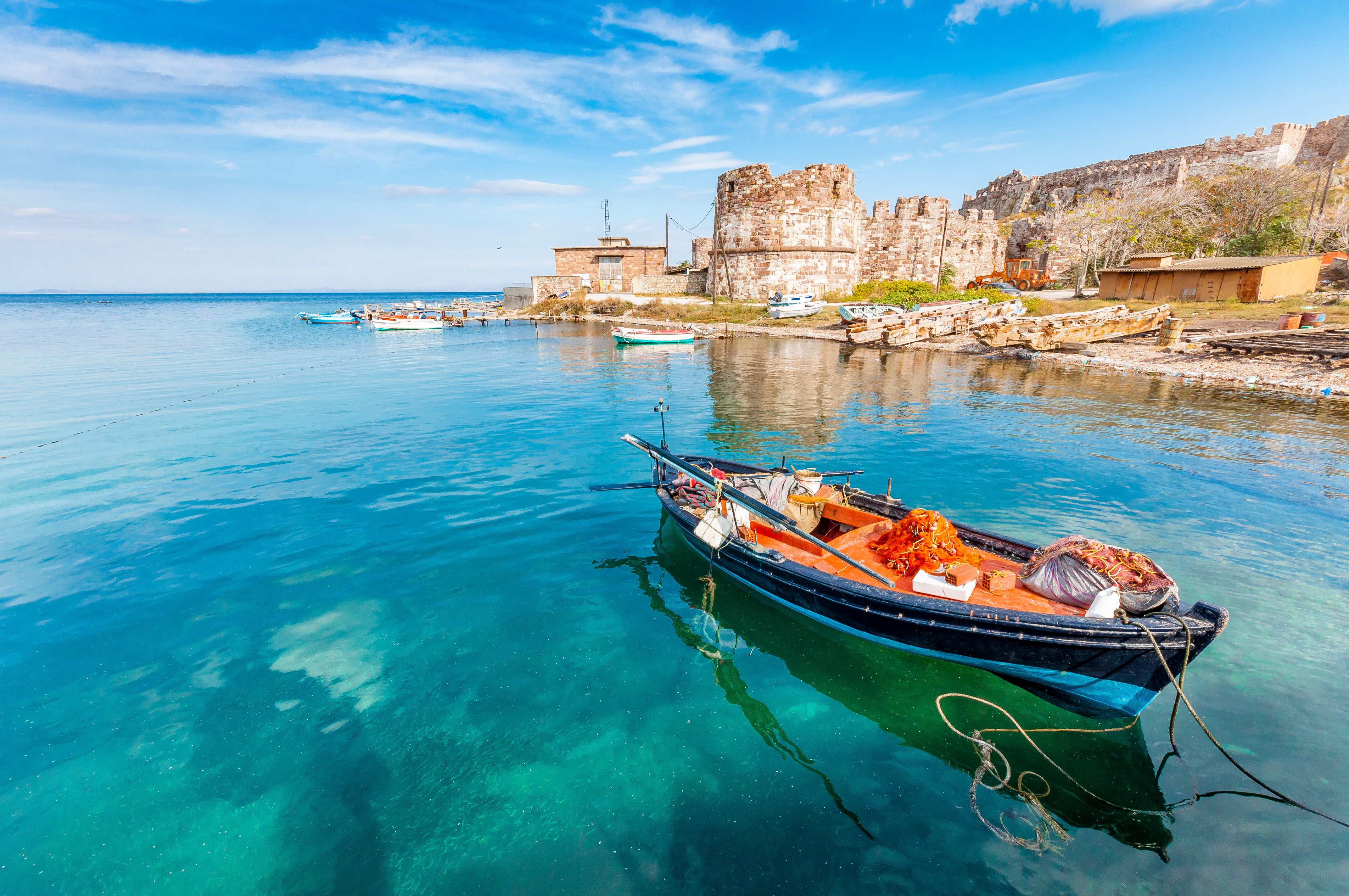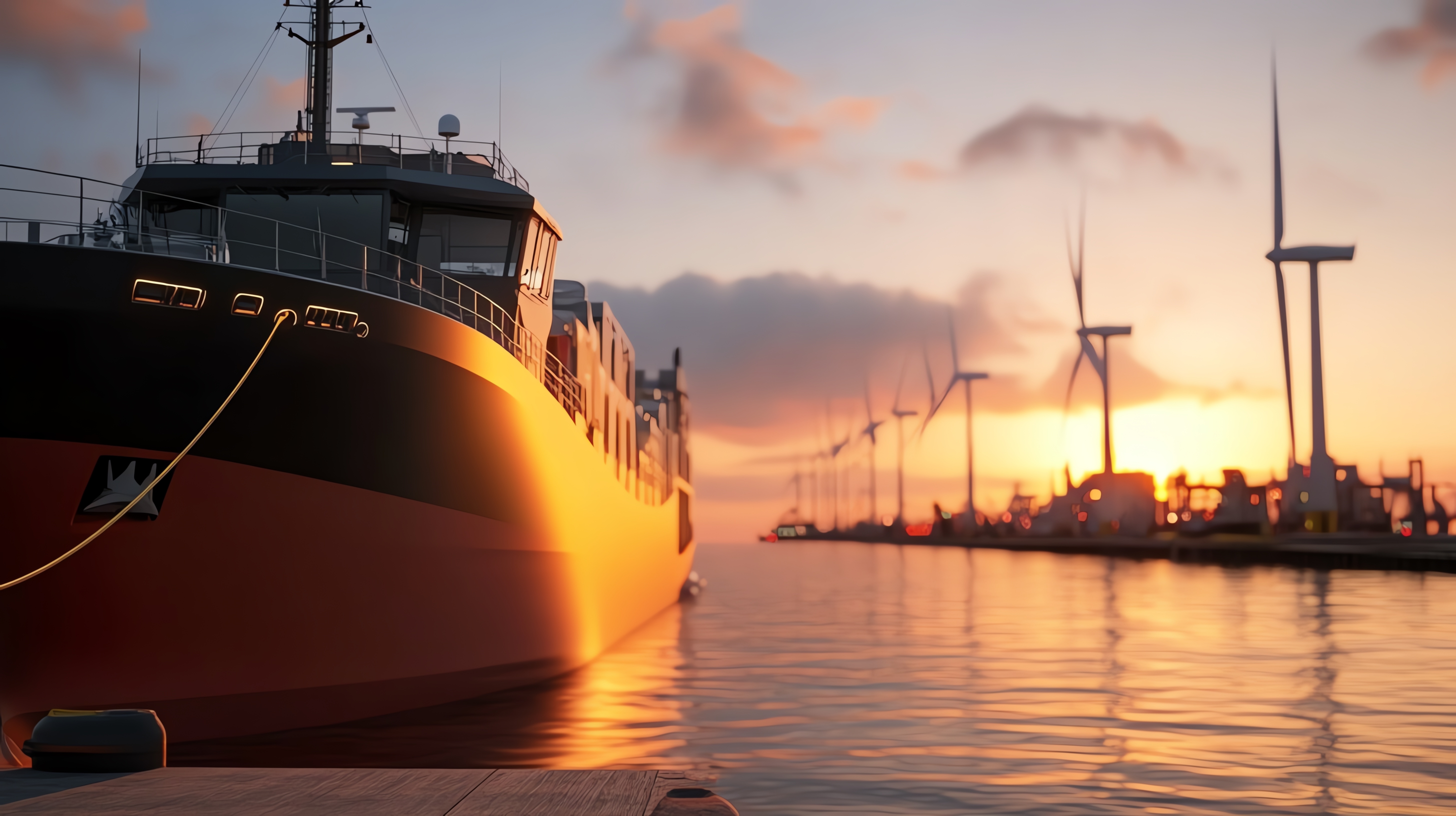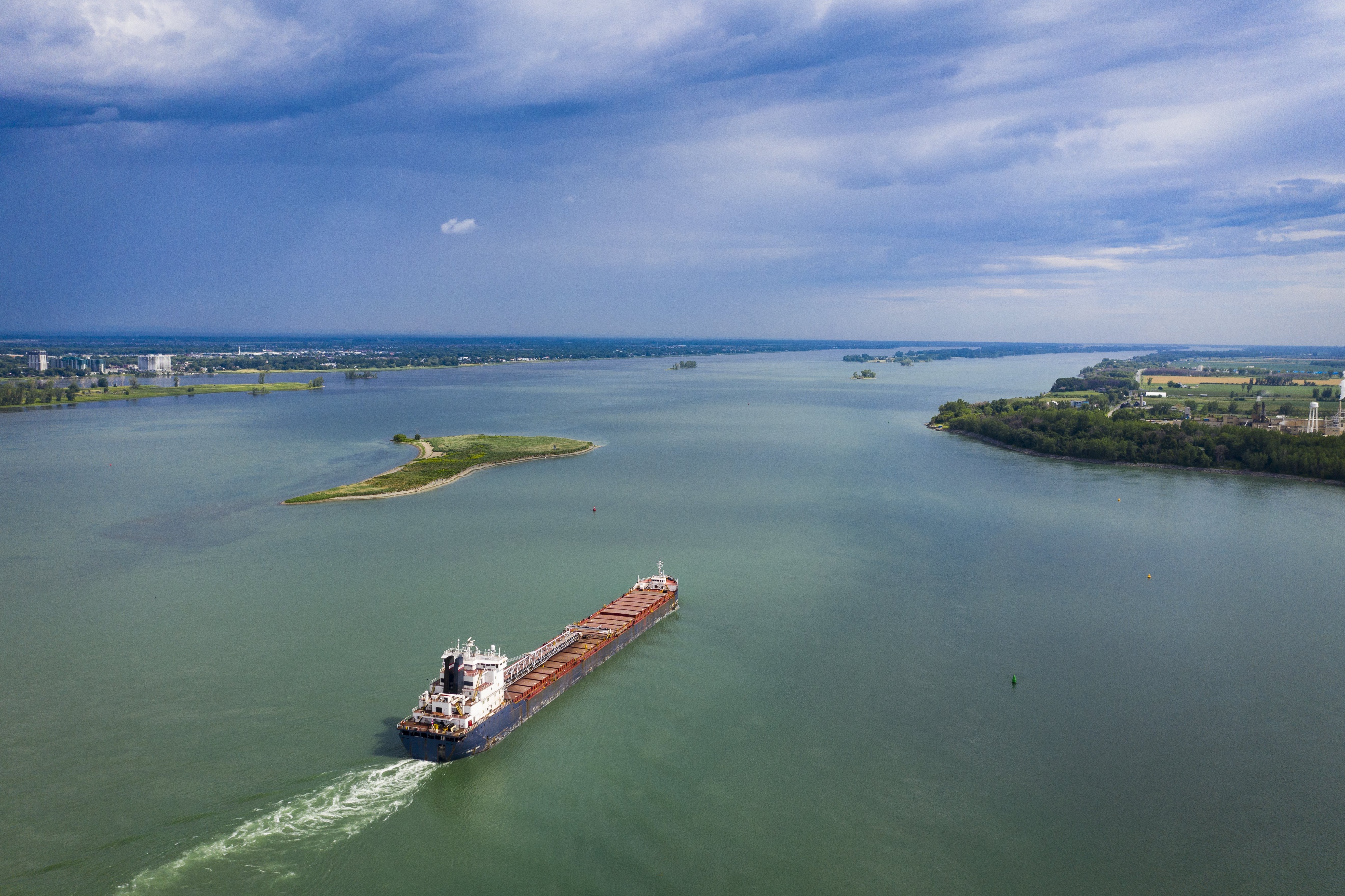
A Major Waterway of Man’s Making
The Great Lakes – St. Lawrence Maritime System is a binational, deep water system extending nearly 2,500 miles from the Gulf of St. Lawrence on the Atlantic Ocean to the Western end of Lake Superior at Duluth, Minnesota. Today the waterway is approximately 27-feet deep throughout, allowing ocean going vessels access to the Great Lakes. It is the longest deep draft navigation system in the world, and its total economic output from both the Canadian and U.S. sides is estimated at over US $6 trillion/year. The most common cargoes shipped through the System include iron ore for steel production, coal for power generation, limestone and cement for construction, and grain for both domestic consumption and export. The entire length of the St. Lawrence Seaway System is not naturally navigable; a system of locks and canals have been constructed to bypass dams, rapids, and accommodate the 600-foot (180-meter) elevation change between Lake Superior and the St. Lawrence River. Additionally, the natural fluvial build-up of rock, sand, mud, and clay necessitates continuous dredging to maintain a suitable draft throughout.
The St. Lawrence Seaway as it exists today took approximately 130 years to come to fruition. In the 1820’s the First Welland Canal was constructed to connect Lake Ontario and Lake Erie; in its first iteration the canal could not support large ocean going vessels. By 1871, locks on the St. Lawrence River were constructed that allowed similarly sized vessels (i.e. with a draft of approximately 9 ft.) to transit. In the 1890’s private commercial interests advanced proposals for a binational deep water throughway, which ultimately resulted in a proposal to U.S. Congress for a treaty with Canada that would enable the construction to begin in 1934. In a turn of events that should not be surprising for any persons familiar with U.S. legislation- the proposal did not pass until 1954, and as a Congressional Executive Agreement, rather than treaty. Thus the St. Lawrence Seaway Development Corporation, a wholly owned corporation of the U.S. Department of Transportation, was established; construction finished in 1959 eventually connecting the inland Great Lakes to the Seaway and the Atlantic Ocean.
The Great Lakes – St. Lawrence Seaway System represents an example of continued binational cooperation, whose continued navigability requires maintenance of a navigable depth in ports, harbors, and shipping channels; construction and maintenance of the system's 15 locks (13 Canadian, 2 U.S.), and icebreaking operations to ensure navigation during icy conditions. In the U.S., these responsibilities are divided geographically between the US Army Core of Engineers and the St. Lawrence Seaway Development Corporation, whereas in Canada, the Canadian Coast Guard is the principle responsive organization.
Annually, the US Coast Guard undertakes two icebreaking operations in the St. Lawrence Seaway System designed to facilitate continuation of maritime commerce: Operation Taconite (iron ore) and Operation Coal Shovel. Tasked with the primary mission of ensuring the successful transfer of iron ore to the steel mills throughout the System, Operation Taconite's area of responsibility includes the Straits of Mackinac, Whitefish Bay and the St. Mary's River, and Canadian waters such as Georgian Bay or the port of Thunder Bay, should the Canadian Coast Guard request assistance. Operation Coal Shovel encompasses domestic ice-breaking operations in southern Lake Huron, Lake St. Clair, the St. Clair/Detroit River system, Lake Erie, Lake Ontario and the St. Lawrence Seaway. These operations begin at the commencement of ice season and continue through winter.
Claims Considerations
Several factors, such as inadequate dredging, ice accumulation, or even scheduled lock maintenance, that impact one part of the system can create ripple effects throughout the maritime system as a whole, resulting in possible vessel damage or shipping bottlenecks.
For example, the Seaway System sees intermittent groundings, typically as a result of sediment build-up and insufficient maintenance dredging. Additionally, allision with locks is not uncommon and can be very expensive, as repairs on same are arranged at the sole discretion of government entities. The locks are dated and undergo frequent scheduled maintenance and emergency repairs; regardless of the scheduling both usually create shipping bottlenecks and can result in significant delays. Finally, the annual onset of the ice season presents its own suite of issues, from requirement of ice-breaking services to weather-associated delay. Typically, charterers will bear the risk, contractually, of a ship being delayed due to ice onset, as well as the costs of any needed ice breaking services.
The portion of the Seaway System from the Gulf of St. Lawrence (adjacent to the Atlantic Ocean) to Montreal, Canada remains navigable year round, but other portions further inland are seasonally navigable. The ice season typically begins in mid-December and ends in late March or early April. Of course, the dates of navigability vary year to year and area to area.1 For this reason, owners and charterers alike must be vigilant as the ice approaches and the navigable season comes to a close so as to not be trapped inland for the season. Thus, all cargo operations should aim to be completed with ample time remaining to exit the innermost ports in the system.
The binational aspect of the Seaway System presents some options as to pilotage once inland. Foreign-flagged (i.e. not Canadian or U.S.) vessels entering from the Atlantic are under compulsory Canadian pilotage in the beginning of the St. Lawrence Seaway System from roughly Halifax to Montreal, Canada. Moving further inland, into the boundaries of the Great Lakes Pilot Authority, foreign vessels have a choice of US or Canadian pilotage. However, choosing U.S. pilotage will result in multiple (3) pilot changes due to different district splits, whereas Canadian pilotage is regulated by a single entity throughout.
Before embarking on this unique Seaway System, it is important to remember the variables noted above and consider contingency plans, especially when transiting seasonal stretches. Please reach out to the Club for specific inquiries.
------------------------
1Information on closures is regularly posted at https://greatlakes-seaway.com/en/commercial-shipping/seaway-opening-and-closing-information/

